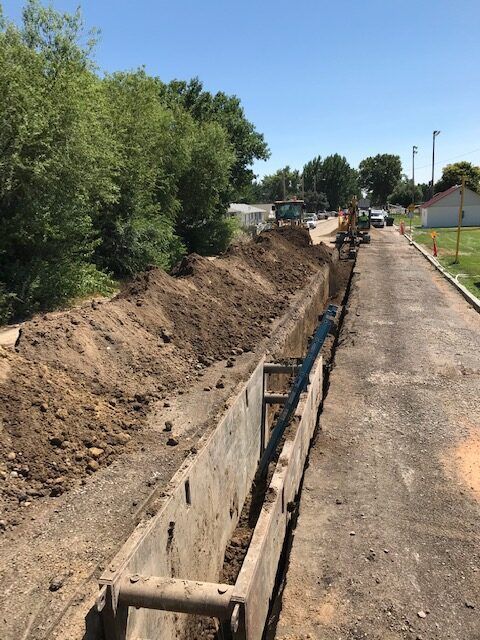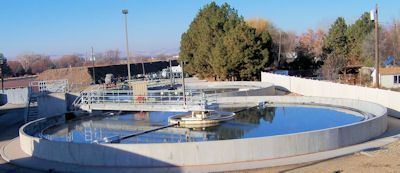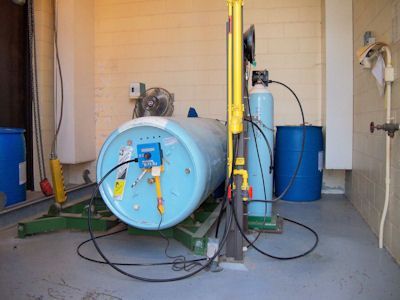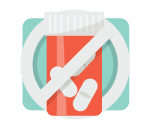New Chemical Room
The Chemical room that was part of the 2016 Wastewater Plant upgrade.
Galloway Lift Station Panel Upgrade
Describe some quality or feature of the company. Write a short paragraph about it and choose an appropriate icon.
Wastewater Current Events
Current Events at the Wastewater Treatment Plant
School Tours Wastewater Plant
Council 4th Grade Students tour the Weiser Water Treatment Plant
Welcome to the City of Weiser Wastewater Treatment Facility’s online presence!

Our operation consists of four major processes; Collection, Treatment, Biosolids Treatment and Laboratory. Our department is staffed 7-days per week with staff members on-call 24 hours a day. Staff members are Certified Wastewater and Collection Operators through the authority of the Idaho Bureau of Occupational Licensing. It is required that they maintain annual CEU’s to keep their licenses current. On-the-job training is offered for all employees and comprehensive records are kept of all activities at the facility. Our facility is located on west 9th Street in Weiser, Idaho.
Please call us at 208-414-1242
Collections Division
Our Collection division is responsible for cleaning and maintaining over 20 miles of underground pipeline, manholes, and three lift stations that carry waste from homes, businesses, and industrial facilities to our Treatment Facility. Operators make daily rounds to all Lift Stations to collect data and check equipment. A Vac-Con truck is used to help clean City sewer and storm drain lines. It can deliver pressure through specially designed nozzles is used for cleaning pipe walls and removal of debris. It then has the ability to suck the reject water up to be taken and disposed up properly at our drying beds at the WWTP. A closed circuit video recording system is used when necessary to create videos of the interior of pipelines. These videos are examined by qualified staff members to assess pipe condition and areas in need of repair or replacement.
Wastewater Treatment Facility
The Weiser Wastewater Treatment Facility operates under a NPDES permit provided by the US Environmental Protection Agency, in cooperation with the Idaho Department of Environmental Quality. The permit is periodically review, and renewed (usually every 4-years). The Treatment Facility receives raw sewage and waste from the entire city of Weiser, and one Industrial customer. Waste is initially screened as it enters the plant, and then goes through a grit removal auger to remove large solids and some inorganic materials. It then enters a series of Aeration Basins that are aerated by large industrial blowers and mixers to assist in the biological removal of waste. The water is called Activated Sludge because it contains a variety of microscopic organisms that aid in the consumption and degregration of the waste. Next it flows into Clarifiers, where it begins the process of settling out. Settled materials are then either wasted out or returned to the headworks for additional treatment. Clean water flows over the clarifier weirs and is then dosed with Sodium Hypochlorite to help disinfect the water before it is returned to the river for downstream users.
Wastewater Laboratory
The laboratory analyzes samples taken from all phases of the processes at the Wastewater Treatment Facility and from the Industrial User to ensure compliance with Local, State and Federal regulations. Results guide operators in making process adjustments to the Plant to obtain optimal control and the best Effluent quality as possible. In-house testing includes: TSS, VSS, BOD,COD, Cl2, Phosphorus, and Nitrates. Testing by an outside laboratory include: FOG, TAN and HgLow. Quality testing is done annually to verify our Compliance.








